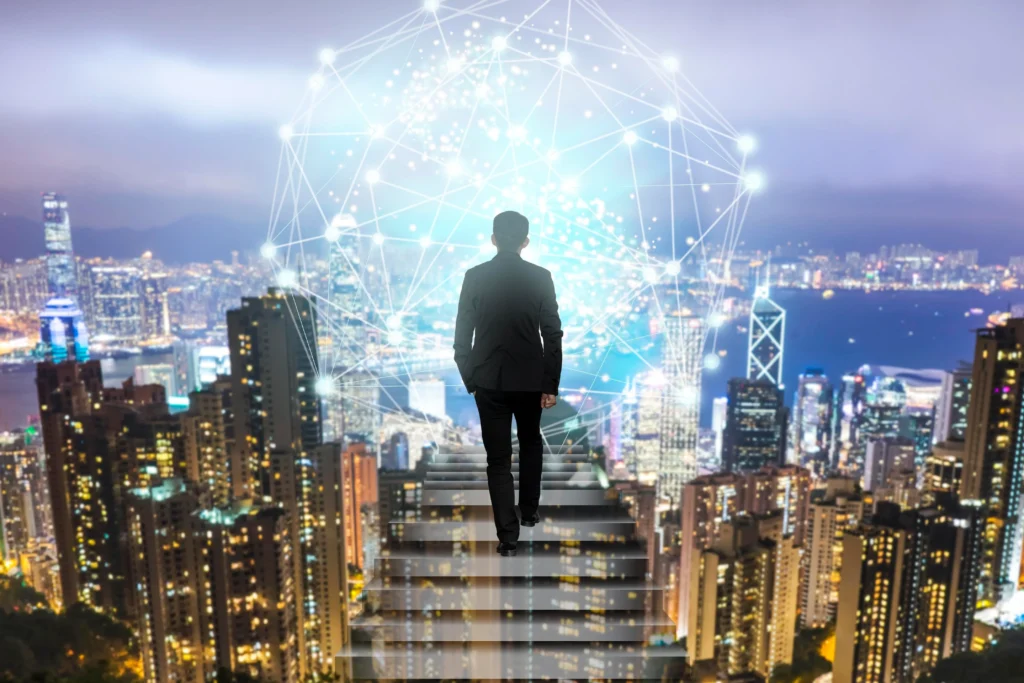As artificial intelligence (AI) continues to reshape industries worldwide, concerns are growing among workers about the possibility of being replaced by machines. The rapid adoption of AI has touched nearly every sector of the global economy — but experts suggest that not all jobs face the same level of risk.
According to the World Economic Forum (WEF), the impact of AI will vary across industries depending on how much usable data they have. The organization likened AI to a college student who has access to all past exams and study guides. Naturally, such a student would outperform someone trying to study from incomplete notes — and the same applies to data-rich industries that can “train” AI systems more effectively.
Industries Most at Risk from AI Automation
Industries that already rely heavily on digital systems and data are the most vulnerable to automation. These include software development, customer support, and finance, all of which use machine learning and automation to improve efficiency and accuracy.
Experts believe that repetitive, predictable tasks — such as writing code, managing customer service chats, or processing financial transactions — are prime targets for AI integration. As these systems evolve, many traditional roles in these sectors may shift or disappear altogether.
Sectors Lagging Behind in AI Adoption
In contrast, industries with limited data — such as healthcare, construction, and education — are less likely to see widespread AI disruption in the near future. The WEF notes that these fields lack the volume of digital information that AI systems need to learn effectively.
However, that doesn’t mean these industries are immune. Experts predict that AI will still play a role in improving efficiency, diagnostics, and management — but human judgment and empathy will remain essential.
The “Human Moat” Around Certain Professions
Business strategist Marva Bailer explains that AI changes tasks, not entire professions. Jobs that rely on trust, empathy, and hands-on skills have what she calls a “human moat” — a protective layer that keeps them safe from full automation.
Professions such as teachers, coaches, nurses, therapists, and clergy require a level of emotional intelligence and human connection that machines can’t replicate. Even as lesson plans or administrative work become automated, the relationships and trust built in classrooms, clinics, and communities will still rely on people.
Similarly, skilled trades such as plumbers, electricians, and mechanics require dexterity, adaptability, and physical presence — qualities that AI currently lacks.
Trade Jobs Remain a Safe Bet
Television host and trades advocate Mike Rowe recently highlighted that “hands-on” jobs are among the safest in the age of AI. Speaking at the Pennsylvania Energy and Innovation Summit, Rowe said, “We’ve been telling kids for 15 years to code — but AI is coming for the coders. It’s not coming for the welders, the plumbers, or the electricians.”
His remarks underscore a growing sentiment: while AI may disrupt white-collar work, the demand for skilled manual labor remains steady and essential.
The Future: Collaboration Between Humans and Machines
Experts agree that the most successful industries will be those that learn to balance machine intelligence with human strengths. AI excels at analyzing large datasets and performing repetitive tasks, while humans contribute creativity, empathy, and moral judgment.
Bailer emphasizes that the future workforce will thrive not by competing with AI, but by working alongside it. “The key will be blending artificial and human intelligence to achieve outcomes that neither could accomplish alone,” she said.
Conclusion
While artificial intelligence is transforming industries at a rapid pace, it won’t replace every job. Roles that require human intuition, creativity, and compassion — from teachers and therapists to electricians and plumbers — remain secure. The future belongs to those who adapt, learn new skills, and harness AI as a tool rather than fear it as a replacement.



4 Comments
Great write-up, I’m normal visitor of one’s web site, maintain up the nice operate, and It’s going to be a regular visitor for a lengthy time.
Hi there, just became aware of your blog through Google, and found that it’s truly informative. I am going to watch out for brussels. I’ll appreciate if you continue this in future. Many people will be benefited from your writing. Cheers!
Great post. I am facing a couple of these problems.
I have been surfing online more than 3 hours as of late, yet I never discovered any fascinating article like yours. It is lovely value sufficient for me. In my opinion, if all web owners and bloggers made excellent content as you probably did, the net can be a lot more useful than ever before.